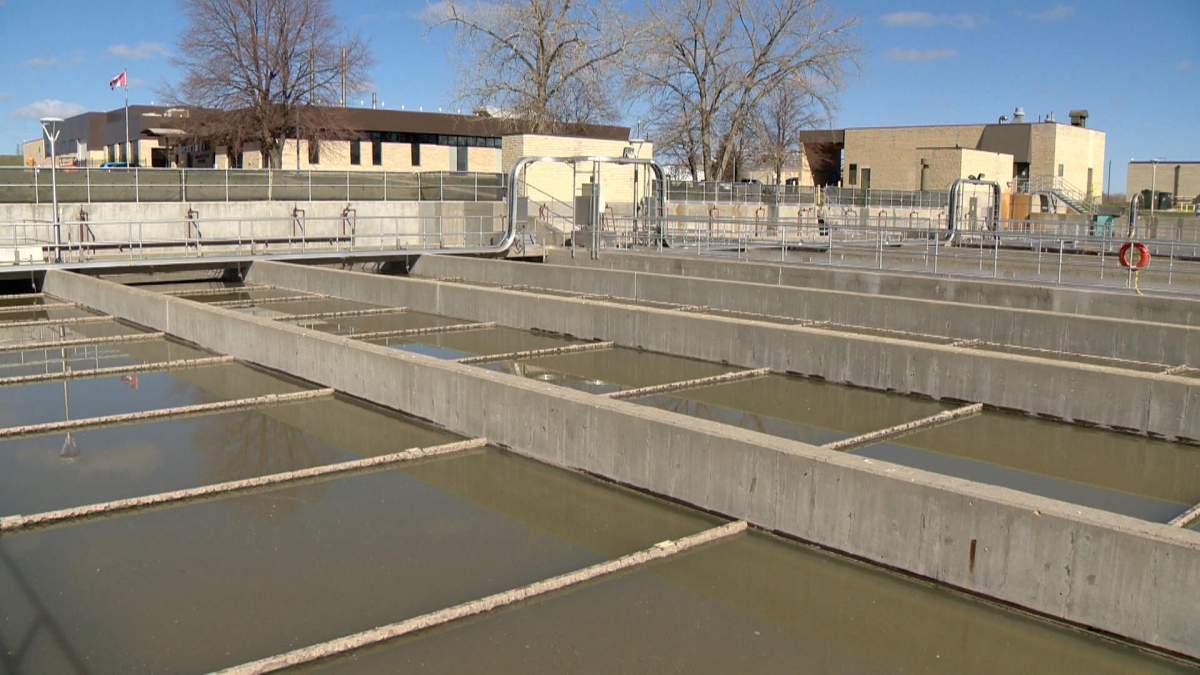Researchers from the University of Saskatchewan say research on how the initial COVID-19 lockdown affected Saskatoon provided “eye-opening results.”

They said the presence of recreational drugs and industrial chemicals are just two of the discoveries made in the city’s wastewater system.
The study found methamphetamine, insecticides, and fabric and plastic dyes in the system.
Pharmaceuticals such as painkillers, anti-epileptics, beta-blockers and antibiotics were also discovered.
“These results provide important insights, as stresses on our freshwater resources are expected to increase due to various factors driven largely by climate change,” said USask’s Markus Brinkmann, the principal investigator of the study.
“The need to protect these increasingly sensitive freshwater ecosystems will only become more apparent.”
Researchers said levels in effluent were high enough to pose a risk to aquatic organisms in the South Saskatchewan River, however, it was unlikely to pose a toxicological risk following dilution in the river water.

Get daily National news
Mike Sadowski, Saskatoon’s wastewater treatment plant manager, said they are looking at steps that can be taken to protect the river.
Some of those include looking at processes to aid in the reduction of the chemicals through the effluent process.
- US forces stop 2nd oil tanker off Venezuela coast as Trump follows promise to seize tankers
- Flu hospitalizations rise sharply as H3N2 spreads across Canada
- Paraplegic engineer becomes the first wheelchair user to blast into space
- Tax season is still months away. Doing 3 things now could help you later
Researchers will also study how the pharmaceuticals affect sludge in the wastewater treatment plant, which is stabilized and applied to farmland as fertilizer.
“Right now, there aren’t any regulations on pharmaceutical contaminants under Canada’s Wastewater Systems Effluent Regulation, or restrictions in the provincial permit the Wastewater Treatment Plant operates under,” Sadowski said in a statement Tuesday.
“However, the city is taking steps toward protecting and conserving the South Saskatchewan River by partnering with Professor Brinkmann’s team in this regard.”
Brinkmann’s team carried out the research in 2020 with plant operators, who said this type of systematic research had never been done before.
Funding for the research was provided by a grant supported by Research Junction, a collaboration between the city and Research Acceleration and Strategic Initiatives.
It supports the development of joint research projects to address contemporary urban issues for the benefit of Saskatoon residents.
“The strongest aspect of the program is the funding support to facilitate collaborative projects between the university and city partners,” Brinkmann said.
“These types of partnerships are crucial for conducting applied research that can lead to actionable outcomes for the city partners, and direct benefits for Saskatoon’s residents.”







Comments